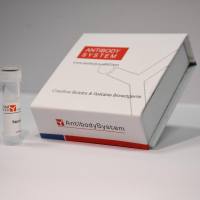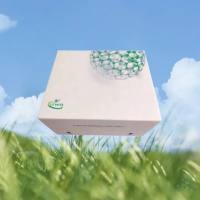Establishing In Vivo-Like Activity in Rat Cerebellar Cells Maintained In Vitro
互联网
553
Purkinje cells of the cerebellar cortex and neurons in the deep cerebellar nuclei (DCN) were among the first central neurons
to be studied extensively through the use of in vitro preparations. Yet, the degree to which the patterns of action potential
(“spike”) output recorded in these cells in vitro match those recorded in vivo has been a matter of debate and uncertainty.
We have identified relatively simple steps that can be applied to the preparation of cerebellar tissue slices or to recording
conditions that increase the probability of recording spike output in vitro that more closely matches that found in the live
animal. Of particular importance are considerations of the rapid development of Purkinje cell structure and spike output properties
during the period used for patch-clamp recordings, reintroducing key synaptic inputs to the in vitro preparation and establishing
appropriate reversal potentials for ion species. We also report that storing water to be used for preparing medium in polyethylene
carboys introduces a contaminant that decreases the amplitude of T-type Ca2+
currents and the ability to generate rebound burst discharge in DCN cells. Controlling for these factors restores spontaneous
tonic firing, increases the gain to parallel fiber input, uncovers bistable rhythmic behavior in Purkinje cells, and increases
the probability for generating rebound discharge in DCN cells.









